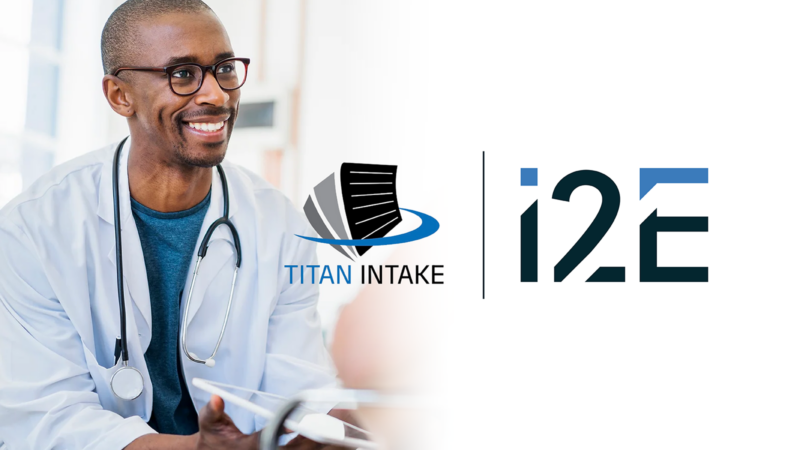CareATC offers onsite clinics and health screenings for clients
By. Samuel Hardiman
© 2015 BH Media Group Holdings, Inc.
Oklahomans are fat and increasingly diabetic, according to recent health-care studies. And for many people, employers carry most of the cost of treating those conditions — or the resulting complications if they’re left untreated.
That’s a big burden to bear for a self-insured employer, so a Tulsa-based health-care firm is stepping in to help companies avoid that cost. The key to doing that? Making it easy for employees to go to the doctor.
CareATC, founded in 2000, specializes in on-site or near-site medical clinics for employers. Instead of an employee going to medical-group-owned primary-care facility for acute illnesses or routine checkups, they go to one run by CareATC, which bills their employer on a monthly-basis per employee who uses the service.
Prescriptions, X-rays and other key medical services that usually require an out-of-pocket co-pay are free to the employee as part of the CareATC service. The company says that providing those things and a clinic nearby or at employees’ place of work improves the “utilization rate” — otherwise known as going to the doctor.
On-site medical clinics aren’t new to health care, but they’re a growing trend for companies and municipalities that want to cut down on claims costs and get back some worker productivity.
CareATC CEO Philip Kurtz is a data guy. He joined the company after selling his health-care software firm Benefit Informatics. The true value of the company to him is its ability to use the data its gathers from all of the employees in the system and project outcomes for one specific employee based on his or her specific health attributes.
All of that data helps employers save money, he said.
“We know the statistics for what the diabetic will spend and what a pre-diabetic will spend. They’ll spend about $14,000 a year in health-care costs and they’ll lose another $10,000 a year in productivity,” Kurtz said. “That’s a lost of $24,000 associated with that employee. If you take that pre-diabetic and keep them from becoming a diabetic, you just saved yourself some money.”
That’s the pitch Paul Keeling, the company’s chief business development officer, gives prospective clients. He moves smoothly through his presentations, hardly looking at the slides behind him in the companies posh offices on 129th East Avenue.
The kicker comes when he gets to the slide that shows 80 percent to 90 percent of companies’ insurance claims come from 10 percent to 15 percent of those insured.
Kurtz acknowledges that some of those mega-claims are unavoidable, but others are ticking time bombs that can be avoided with the right preventive wellness care.
CareATC’s largest customer, QuikTrip, came on board because it wanted to control its claims costs and have healthier employees.
Walter Smith, head of human resources at QuikTrip, spent 15 years on the operations side of the business where the company emphasizes anticipating future sales and being self-sufficient.
When he moved to human resources, he said he was surprised that the company didn’t do that with employee benefits, so he looked for a way to start to control costs. That’s where CareATC came into the picture.
Of QuikTrip’s nine divisions nationwide, the company uses CareATC’s onsite or near-site clinics in eight of them and it’s working on adding CareATC to the Carolina division as the company expands and builds more stores.
“What we saw was that there was an increase in cost in every division except for Tulsa, where CareATC was,” Smith said. “We extrapolated from that ‘Gosh, something must be going right.’ ”
Smith said the first visits were for acute illnesses.
However, he said the data is what gives them the value.
“Getting in front of it rather than letting the emergency case happen — when somebody has a stroke and they have to go to the hospital,” Smith said. “Well, if we can tell them through the doctor: ‘Hey, you gotta fix your cholesterol because you’re a candidate for a stroke or a heart attack.’ That means something to an employee.”
Gerald Garrett is a prime example of that approach. He runs the Tulsa Fire Department’s benefits program, and he took the information that CareATC gave him to heart.
His CareATC doctor told him to lose weight because of the health risks associated with high body mass index and cholesterol, he said. And so far, he’s lost more than 100 pounds.
Tulsa Fire Department has been using CareATC for about five years, and the Police Department has used the company for about as long.
CareATC said it has saved the roughly 6,000 people enrolled in those departments’ benefit plans money on the more than 200 prescriptions it offers under its service.
“Everyone’s trying to get their fair share of your health-care dollars,” Sgt. John Adams of the Tulsa Police Department said.
Both the fire and police departments’ plans are self-insured, which means the two worry about controlling costs each year.
The preventive plan can keep catastrophic claims down and costs from going up, Kurtz said.
Self-insured employers is where Kurtz sees his company continuing to grow. The goal is to be in all 50 states, he said; it’s in 22 so far.








